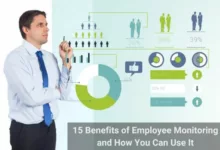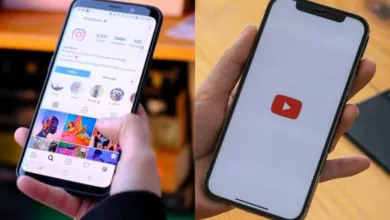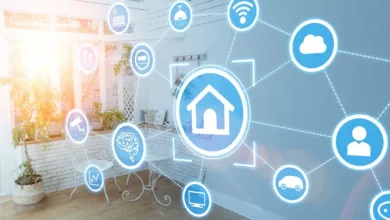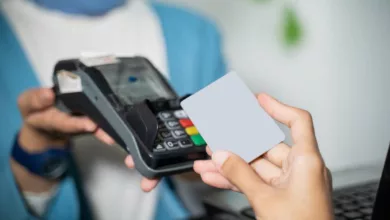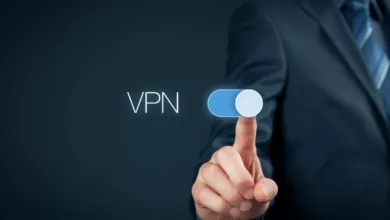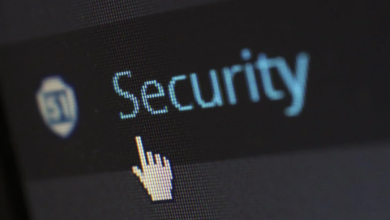Clone App vs. Custom App: Which One To Choose For Your Food Delivery Startup?
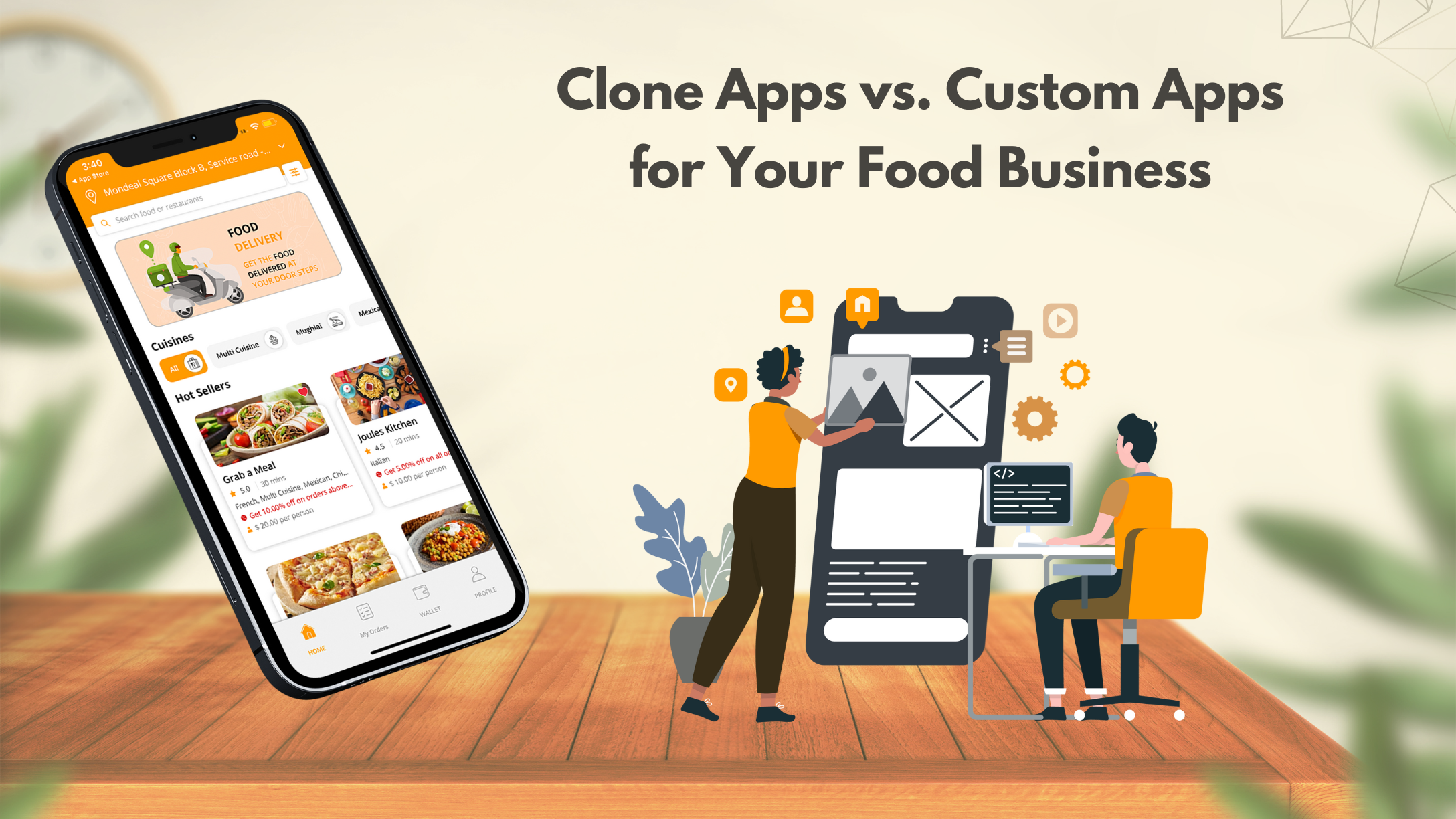
In today’s digital world, the food industry has embraced app technology to satisfy the growing demands of consumers. However, for start-ups to achieve the same success, finding the right type of app development is challenging. In this blog, you will see if building a custom app is best for your food delivery business. Moreover, understand why many entrepreneurs opt for clone app development.
Introduction
Both cloned and custom apps have advantages and disadvantages for food delivery businesses. However, each business is unique, along with its target audience. Many industry leaders advise you to start with the idea and see which type of development aligns best with the vision you have in mind. However, the actual factor to gaze upon is how much you are willing to spend, both in terms of time and money, to invest in your dream business.
Custom App Development vs. Clone Apps
Custom means building an app from scratch based on your custom business needs. On the other hand, clone apps are ready-made apps that can be customized as per your business needs. Often, clone apps are not that scalable compared to custom applications. Still, they are cheaper and a lot quicker to implement.
For instance, if you spend around $90,000 US dollars over 10 months to complete the development of a custom app, chances are your business performs comparably better than others. However, this is just a basic example. In reality, the costs are much higher. The average time to develop a custom app is usually around 6-9 months, including testing.
On the other hand, after you have found a clone app, say Ubereats Clone or DoorDash Clone, the re-branding cost generally takes only a fraction of the budget and takes 1-2 weeks to complete. That’s it!
Most white-label firms offer demo apps to business owners as a beta version, which you can download directly from the App Store or Play Store. From there, you can demo the food delivery app, which took the same time to develop (probably around 9-12 months) and contains all the features of a general food delivery app.
App Development Approach
Your business will eventually grow after you enter the market, so you can also develop a shiny customer app when money is no longer an issue. However, clone apps come in handy when the budget is limited.
Moreover, there is also the issue of native and hybrid app development. Here, native apps are generally the best choice, as food delivery apps often operate under heavy loads and tackle countless delivery orders simultaneously. On the other hand, hybrid apps are developed using a single codebase, meaning that one app can be used for Android and iOS users. They can also perform well, but not at the level native apps are known for.
Furthermore, developing a native custom app allows you to meet your business goals based on the technology stack of your choice. Here, you don’t have to compromise the app performance as each app is made for each OS, meaning two different apps overall.
Interface Platforms
Now, both clone and custom apps offer native app development as a part of their forte. Still, in reality, when it comes to having one final choice, you should carefully assess the timeline and cost of the entire project layer-by-layer. Generally, it is done by taking different interfaces to be developed at the end, which include:
● A User App
● A Driver App
● A Restaurant App
● Admin Panel
These four interfaces are essential for every food delivery app startup looking to compete with big brands. Essentially, these platforms communicate with one another and complete the food delivery process within the estimated time. Likewise, developing two custom native apps for Android and iOS devices goes hand-in-hand after you take the above four interfaces as a larger part of the process.
For instance, one iOS user app takes 6 months to develop from scratch. Therefore, the Android app will take somewhat more or less time, depending on the guidelines of the Play Store. The same goes for the driver app as well. A minimum of one to two years is sufficient for your food delivery business to see the light of day. Compared with a custom solution, most white-label firms create clone packages that entrepreneurs can test and buy. These packages usually have both user and driver native apps for Android and iOS platforms.
Personalized UI/UX
In a customer’s eyes, an artfully made mobile app with branded UI and UX always sets the food business apart from its competitors. Considering how popular food delivery apps are today, it’s a perfect chance to share your authenticity with a wider audience for online presence and brand awareness.
Moreover, you can implement almost any idea and integrate any feature if you have a unique idea that most other food delivery businesses don’t have. Here, you are bringing something new to the table in an environment that has been rolling out updates every month. Building a custom app is generally the best choice if all of this sounds exactly like your food delivery business.
Not only does a custom app with its unique UI/UX gather loyal customers, but it will also be able to revolutionize with its next-gen design and user-centric workflow. Moreover, the technology stack will allow you to add new features when needed without any third-party developers but in-house ones that have been with you since the start of the food delivery business.
However, if you follow the standard food delivery sequence and are happy with the demo features and performance, invest in a clone app solution. Here, you are introducing the features and services of giant food delivery apps like Uber Eats , Postmates, DoorDash, or Grubhub to your local region. Since clone apps can be customized, they can save considerable money, which can be invested in marketing and promotional campaigns.
The Final Word
Going custom is a sure way to integrate your food delivery business with the needed devices, software, and operating systems. It comes with sacrificing time and money, which is generally not an option in such an ever-changing environment. Who knows what technology will offer a year later? AI, ML, and drone deliveries are gaining more popularity in places like the US, the UK, and the Middle East.
Conclusion
You must be clear about your business services and values if you plan to enter the food delivery market. It is on the path to becoming a trillion-dollar market globally. And if you want a piece of action, you must develop your business correctly without shortcuts.
